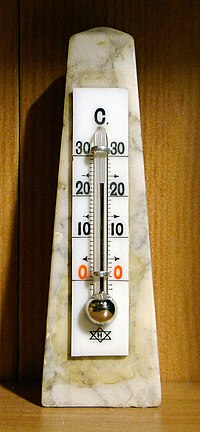
Photo from wikipedia
External effects such as shocks and temperature variations affect the calibration of visual–inertial sensor systems and thus they cannot fully rely on factory calibrations. Re-calibrations performed on short user-collected datasets… Click to show full abstract
External effects such as shocks and temperature variations affect the calibration of visual–inertial sensor systems and thus they cannot fully rely on factory calibrations. Re-calibrations performed on short user-collected datasets might yield poor performance since the observability of certain parameters is highly dependent on the motion. In addition, on resource-constrained systems (e.g., mobile phones), full-batch approaches over longer sessions quickly become prohibitively expensive. In this paper, we approach the self-calibration problem by introducing information theoretic metrics to assess the information content of trajectory segments, thus allowing to select the most informative parts from a dataset for calibration purposes. With this approach, we are able to build compact calibration datasets either: 1) by selecting segments from a long session with limited exciting motion or 2) from multiple short sessions where a single session does not necessarily excite all modes sufficiently. Real-world experiments in four different environments show that the proposed method achieves comparable performance to a batch calibration approach, yet, at a constant computational complexity which is independent of the duration of the session.
Journal Title: IEEE Sensors Journal
Year Published: 2019
Link to full text (if available)
Share on Social Media: Sign Up to like & get
recommendations!